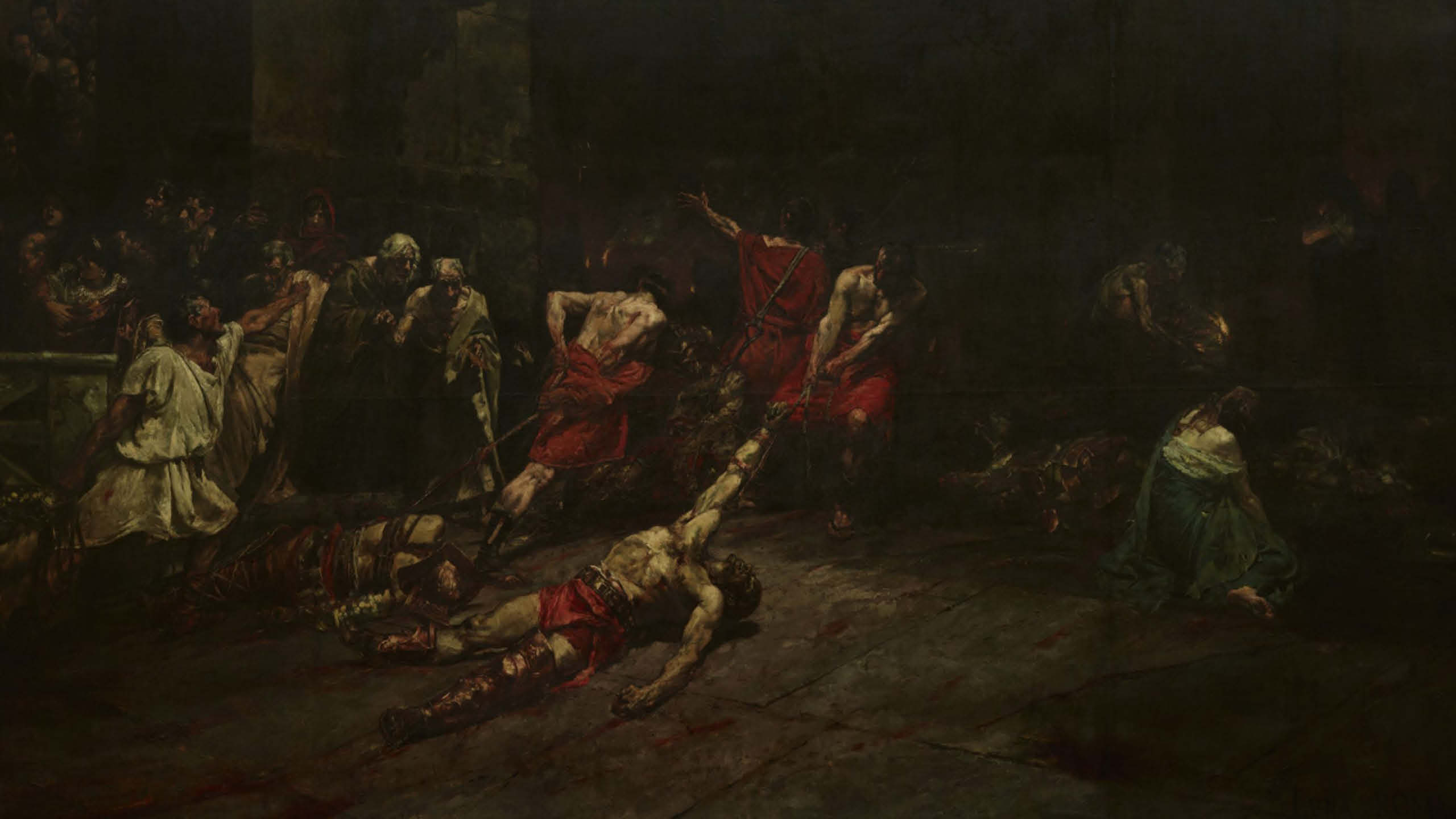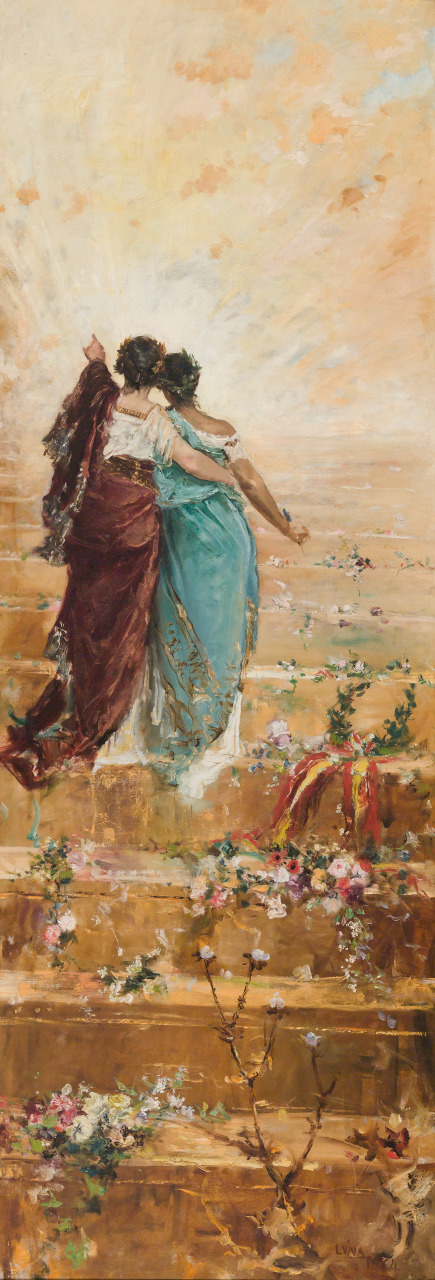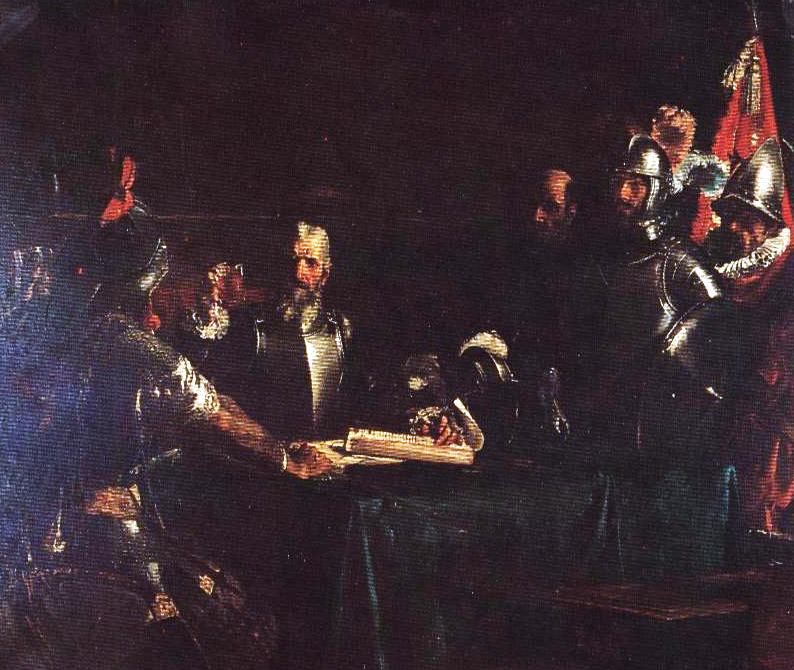
Making Revolutionary Art: Looking Back on Juan Luna’s Mastery
Powerful strokes, striking colors within dark shadows, and gentle colors depicting softness. Juan Luna is an artist who is most famous for his award-winning artwork that has shaken the art society on an international level. What exactly are the styles and artwork that have become the signature of his brilliance though and what did they portray to make him such a vital individual in the pantheon of artists?
Juan Luna as the Country’s Brilliant Representative for Impressionist and Romantic art
Juan Luna painted literary and historical scenes filled with symbolism and a hint of political commentary. One can learn so much through these allegorical works showing classical balance at better study. Among his several works, his most famous paintings include

España y Filipinas (1884) was said to be originally a gift for Pedro Paterno who was a patriot of the Philippine expatriate community who has long been suggested as the one who proposed the theme. An allegorical painting commenting on Spain and the Philippines’ political relationship, it shows Spain guiding the Philippines up the steps of progress. A painting with several versions, España y Filipinas demonstrates Luna’s mastery of classical composition and his strong use of colors. Though the subjects are turned away from the viewer, the painting has a powerful depth of expression and shows Luna’s mastery over the form.

Spoliarium (1884) was described throughout the National Exhibition as the “largest, most frightful and most discussed work”. A piece that masterfully exhibits the dramatic chiaroscuro effect, it invokes a sense of dread that only increases through the portrayal of onlookers leering into the basement with greedy eyes before they scavenge the dead gladiators for gold valuables. Known to be anti-colonial artwork, Spoliarium presents the parallelism between Rome’s violent imperialism and Spain’s violent colonization of the Filipinos.

The Blood Compact (1886) portrays the 1565 sandugo between Datu Sikatuna and Miguel López de Legazpi surrounded by other conquistadores. One of Luna’s last paintings, it was described to illustrate Datu Sikatuna ‘being crowded out of the picture by de Legazpi and his fellow conquistadores.
Related Read: Juan Luna and Hymen, oh Hyménée!
What is Romanticism?
A movement that began to emerge in 19th-century Europe, Romanticism rejected the notion and style of Neoclassicism which was more of a restrained and disciplined style. Putting emphasis on emotion and imagination, romanticism highlighted personal connections to nature and idealized pasts. Romanticism has several key characteristics which include nationalism, subjectivity, plein-air painting, and an involvement with justice and equality.
Some other foreign artists who use this style include Eugene Delacroix who painted Liberty Leading the People (1980) and Jean-Baptiste Camille Corot who painted Ville d’Avray (1867) and is the most famous French romantic landscape artist.
What is Impressionism?
The style developed in France during the mid-to-late 19th century and is often termed the first modern movement in painting. Impressionism required artists to use short, visible dabs of paint to capture an overall impression of the subject and had paints that were brighter than paints used in the previous eras. By applying this paint over still-drying layers, forms were softened and gave a unique mix of colors.
The most prominent artists who use this style include Claude Monet who painted the famous Water-Lily Pond (1899) and Woman with A Parasol (1875) and Edgar Degas who painted The Ballet Class (1874) and In a Café (1876).
Juan Luna was a Filipino sculptor, painter, and political activist for the Philippine Revolution during the late 19th century became one of the first recognized Philippine artists through the 1884 Madrid Exposition of Fine Arts where he won the gold medal for the Spoliarium. This exposition was a venue for several other renowned artists to mingle and show their own pieces. Here, Juan Luna was also accompanied by fellow Filipino artist Félix Ressurección Hidalgo who painted the Las Virgenes Cristianas Expuestas al Populacho or The Christian Virgins Exposed to the Populace (1884).


